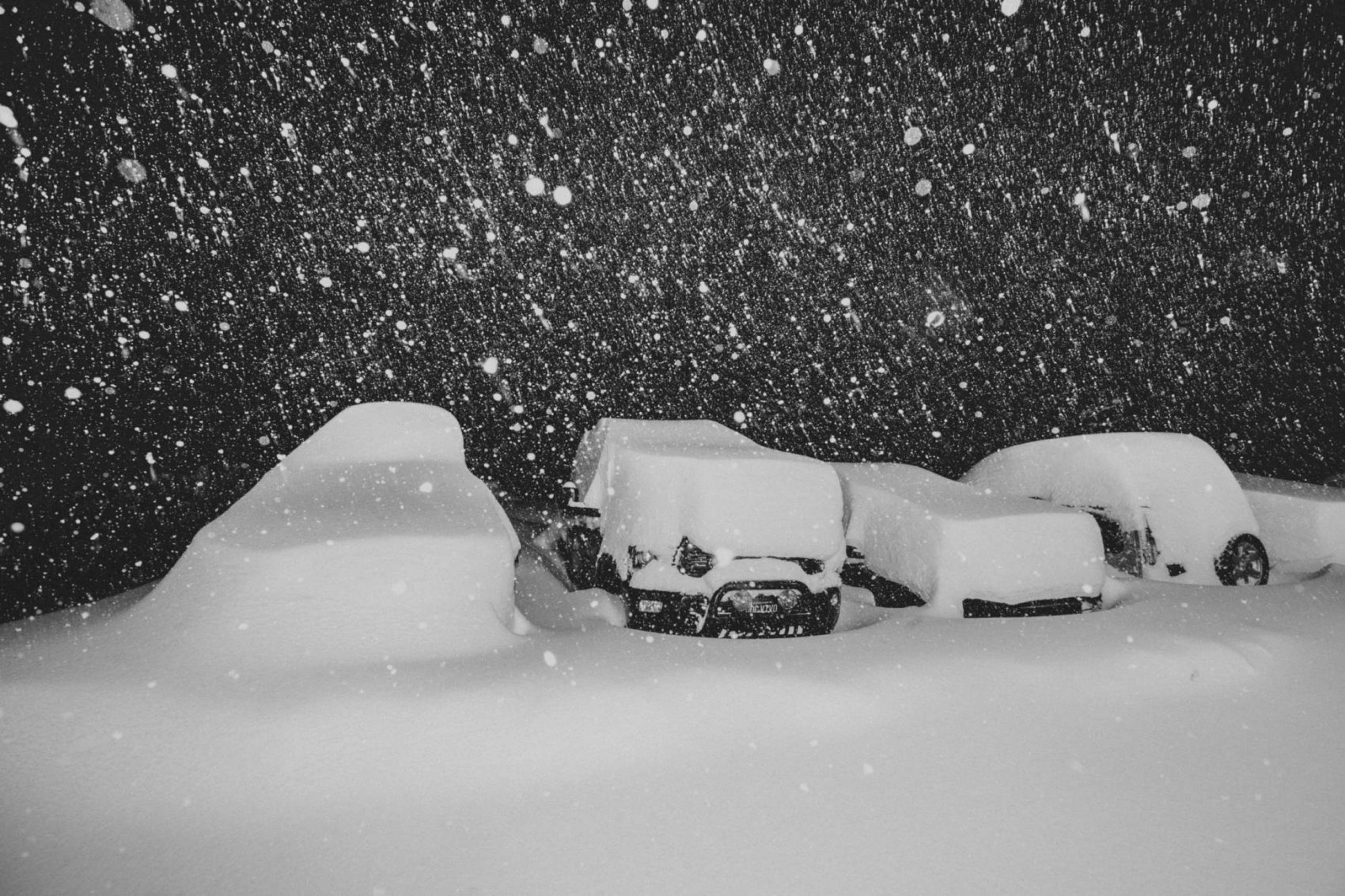
A new study from UCLA signals troubles ahead for California due to more precipitation falling as rain. That precipitation mainly falls during atmospheric river (AR) events. In fact, more than half of California’s annual precipitation occurs during these events. As Alex Hall, Director of the Center for Climate Science at UCLA puts it, an AR is a filament of water that comes from the tropics and delivers large amounts of water to California.
- Related: What is an “Atmospheric River”?
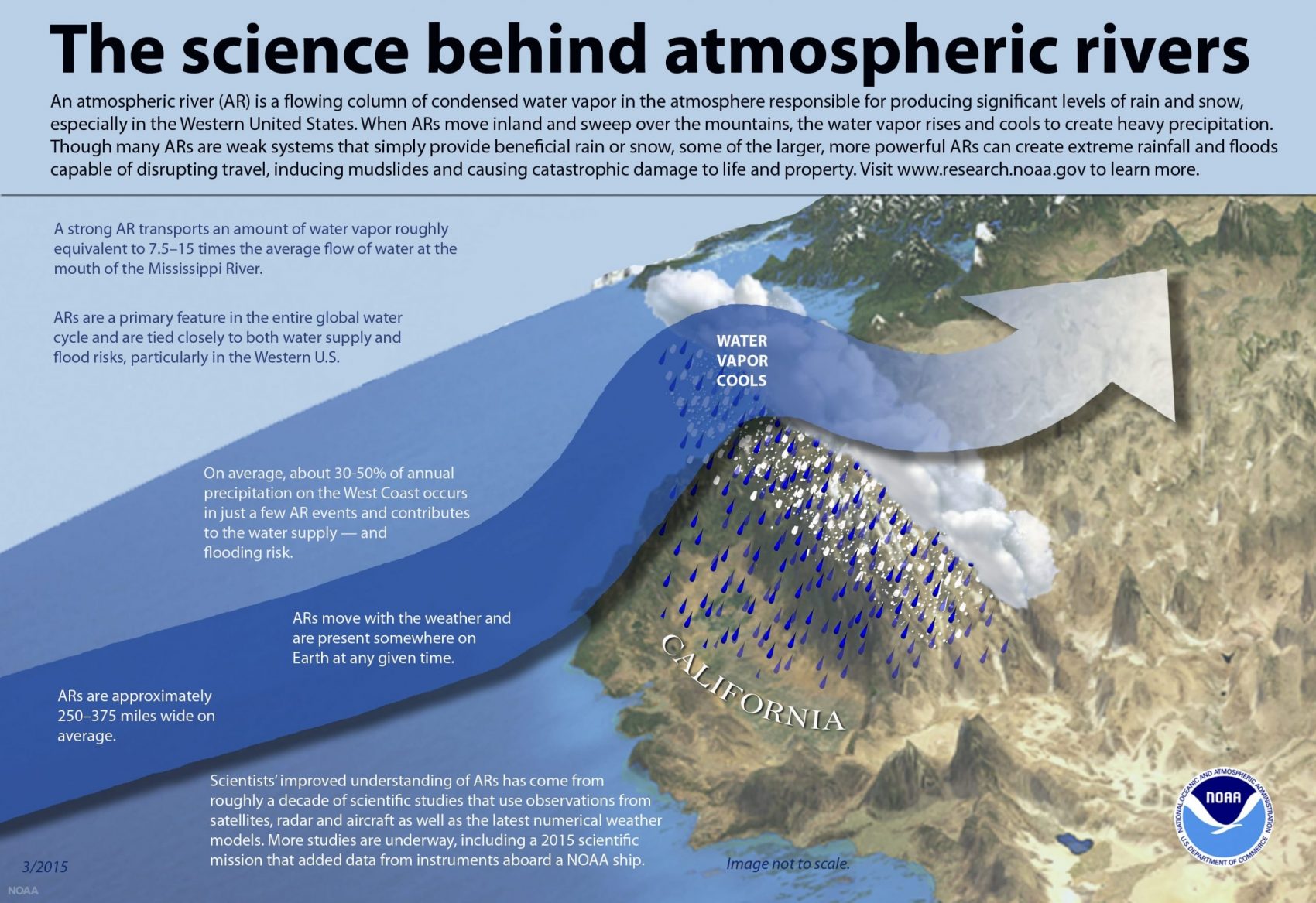
Atmospheric Rivers Will Intensify Significantly
In the study, Hall’s team looked at the most intense historic AR events, which occur about once a decade. They then modeled what those storms could look like in the late 21st century. As our climate warms, storms will intensify as warm air holds more moisture. These intense AR events can deliver as much as 25 times the volume of the Mississippi River to the state. Since most of these systems occur in the winter, most of the precipitation falls as snow. However, temperatures are expected to rise 3-6˚F during these events in the future. In addition, ARs are predicted to have an increase in total precipitation by about 25%. This combination will lead to a significant increase in precipitation falling as rain.
- Related: Atmospheric River Forecast To Bring 10-20+% of Annual Precipitation To California Next Week
The mountains of the Sierra Nevada typically have one of the deepest snowpacks in the world. One AR can drop feet of snow in just hours as avid Californian skiers and boarders know. This snowpack acts as a reservoir for the entire state. In the spring the snow melts in a controlled fashion and can be utilized for drinking water and irrigation. However, runoff is predicted to increase during the intense AR events by 50%. This massive spike in winter runoff is an enormous problem for California.
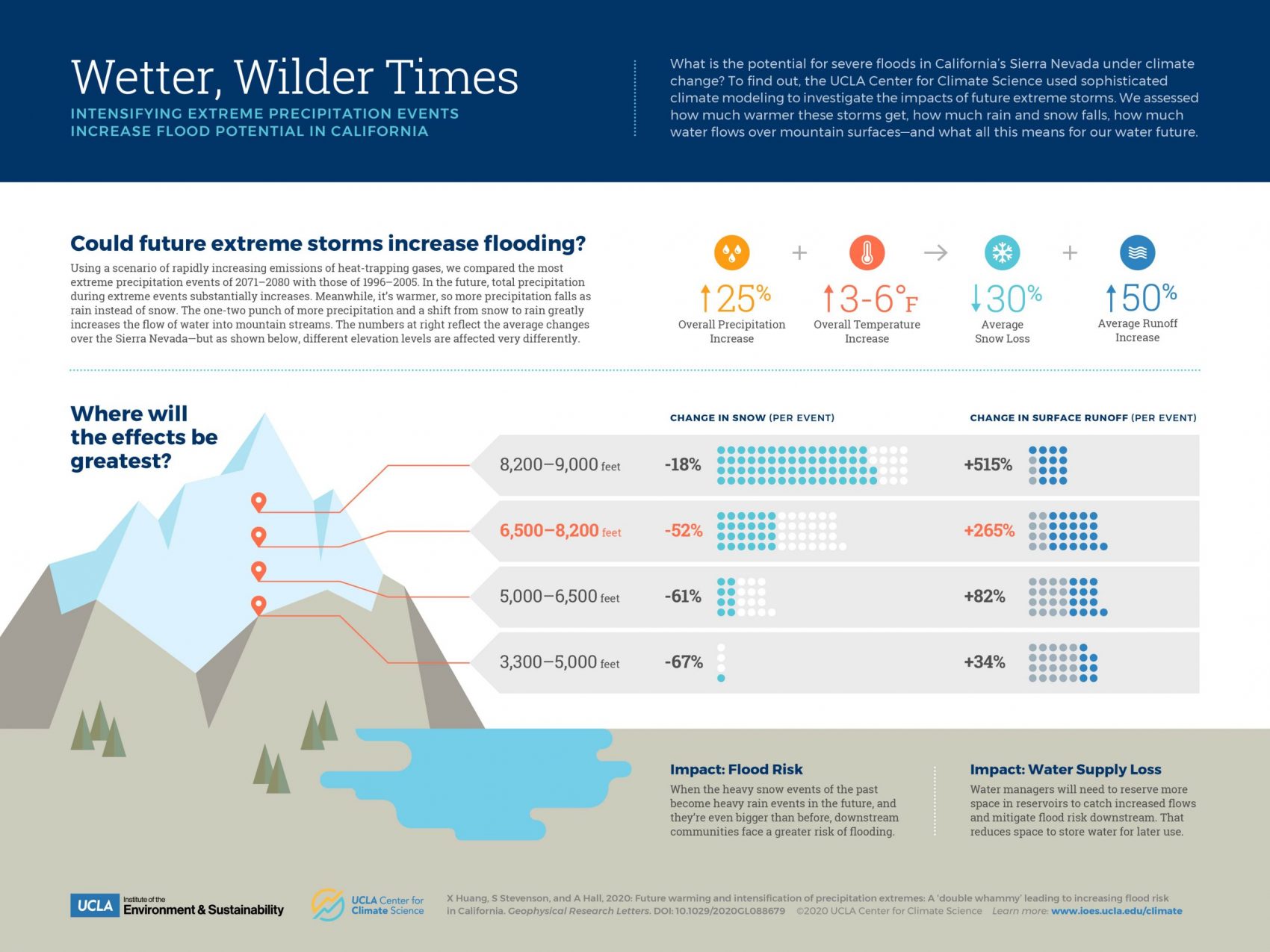
Troubles Ahead
The impacts of less snow in the Sierra stretch far beyond just a “bad” ski season. If California has 50% more runoff, the current infrastructure to manage the state’s water will crumble. In 2017 that quite literally happened when the Lake Oroville Dam overflowed after an AR and the dam almost failed. Part of the dam and spillway sustained major damage. If the water could have been stored, the reservoir would be able to keep more water to make it through the next drought.
Water in California is extremely precious and no one wants to waste a single drop. Plans are in the works to harness more of the water from intense ARs in the future. Right now, the only option when dams reach their capacity is to release water downstream. Some dams will be upgraded or have their height increased. It is possible to recharge badly depleted aquifers, which is already being done in California but can be scaled up. California is looking towards a future of a shallower snowpack and deeper reservoirs to fight through the dry years.
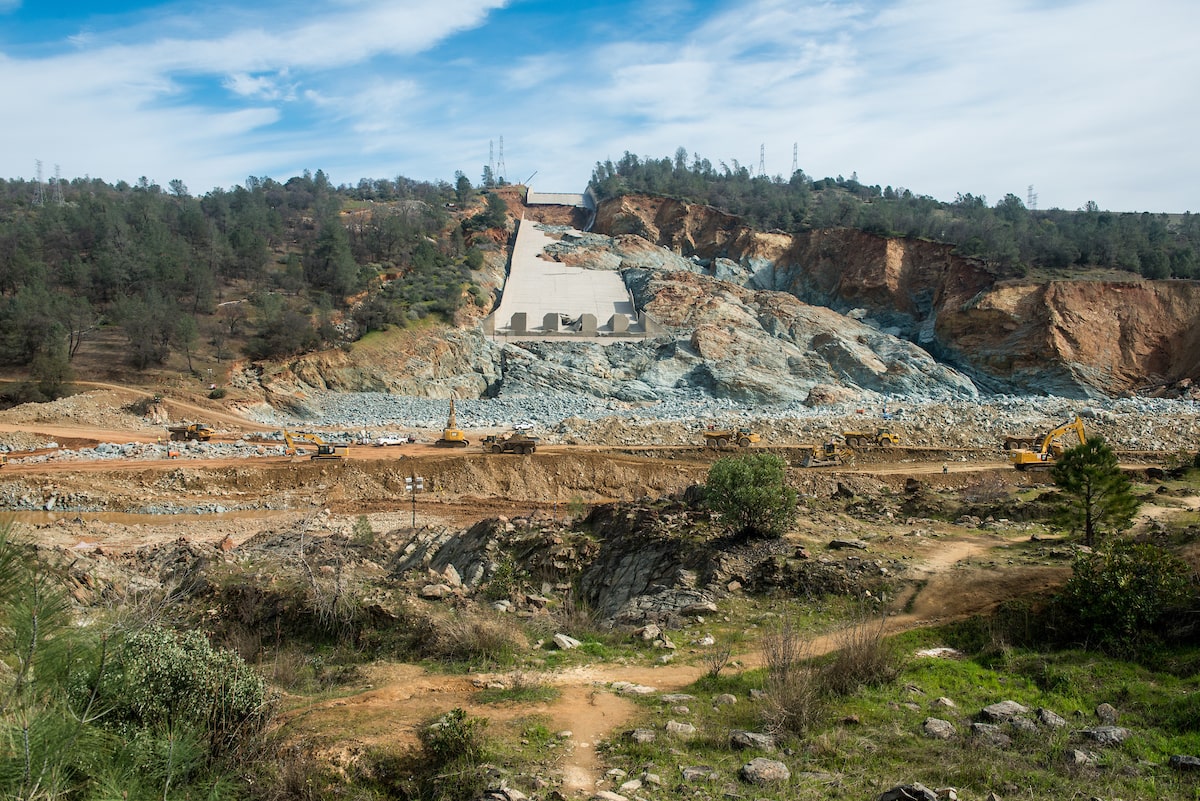
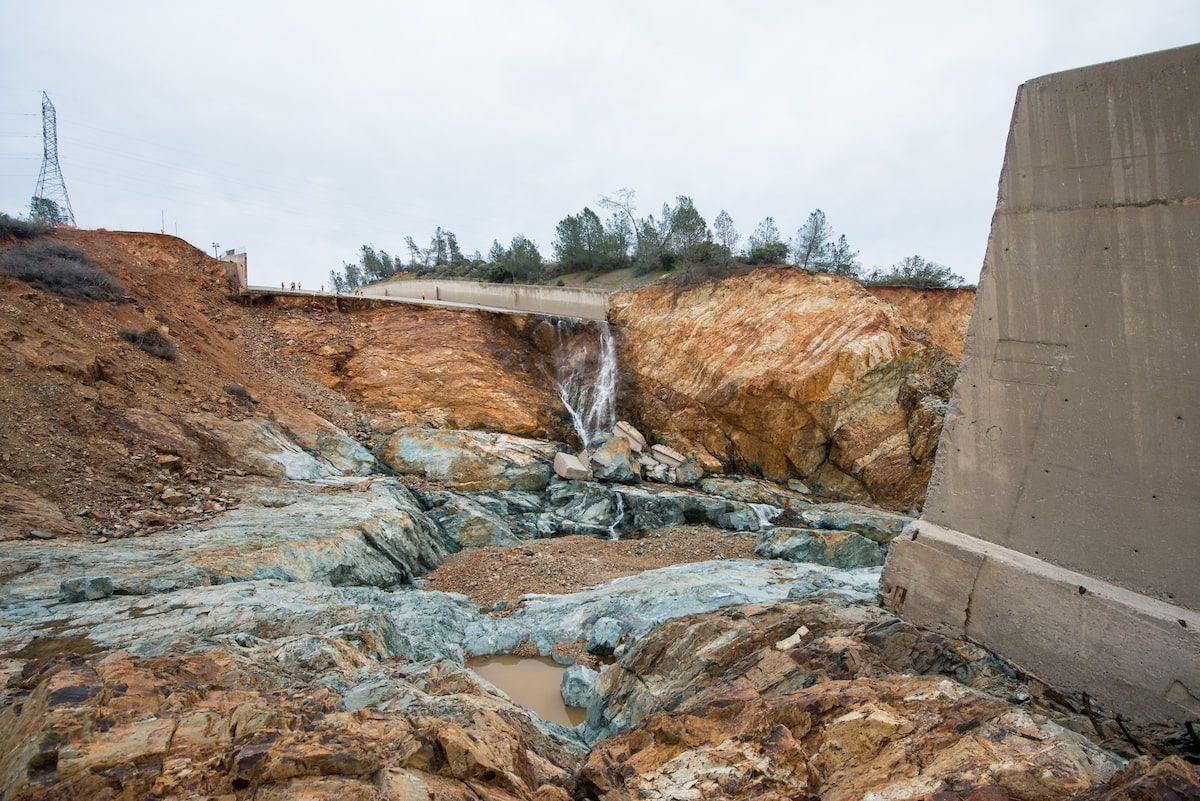

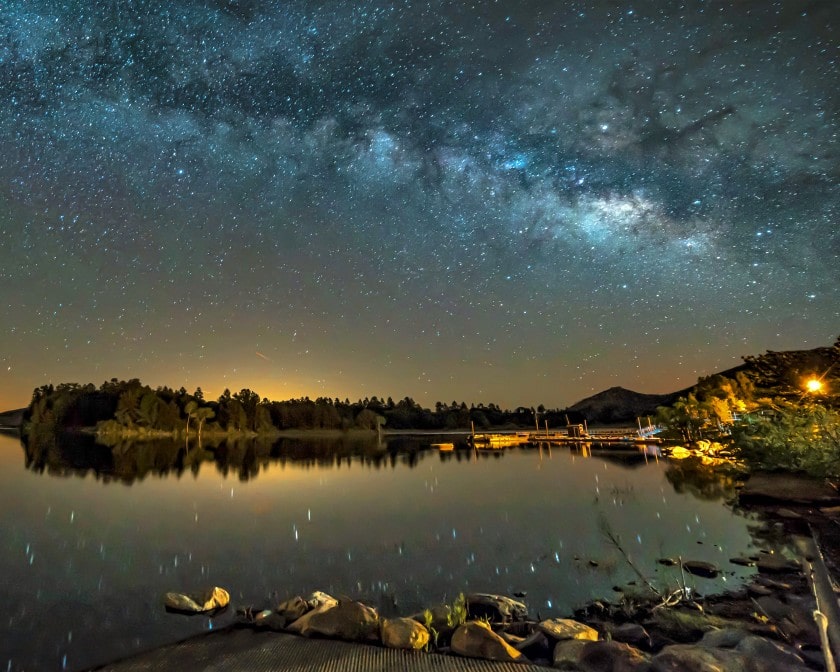
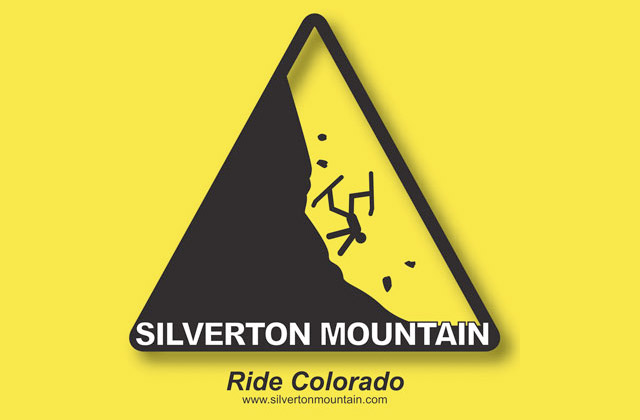
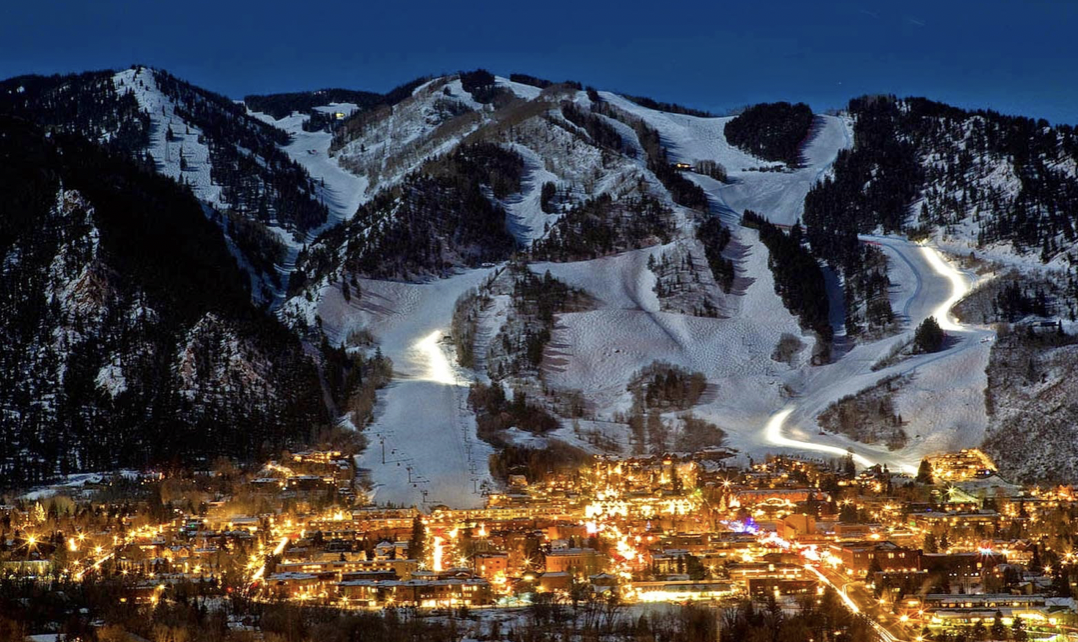
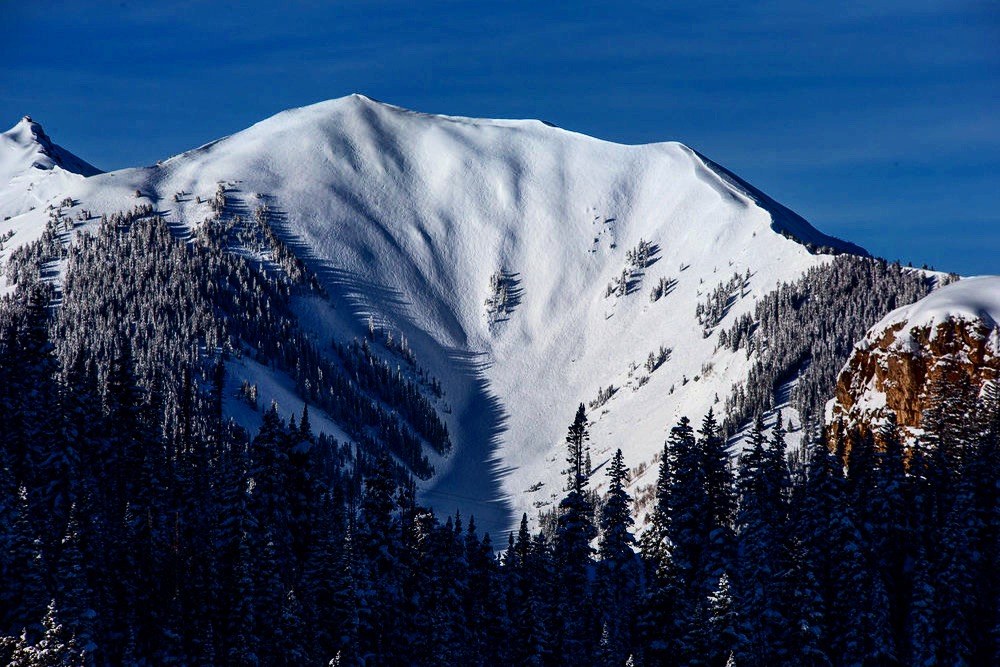
California has 147 mountains with peaks over 13,000′ tall. They get lots of snow even in the warm years.
ZERO of those peaks have ski resorts near or below them.
Thank you Sierra Club and fellow environmentalists for making it impossible to build new ski resorts in California. Too bad were not like Europe.